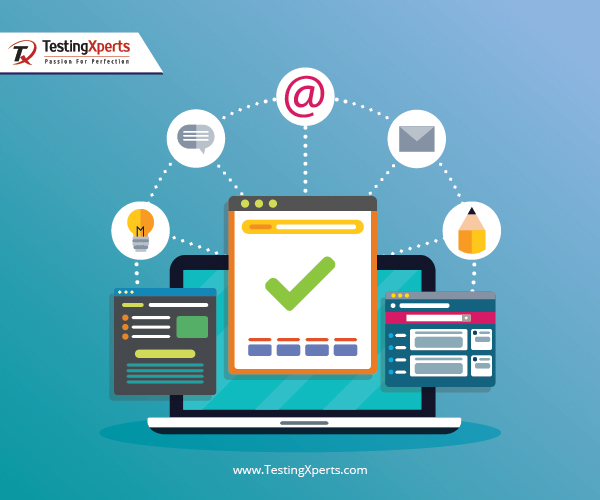5 types of UAT testing
In the software testing practice, there are several stages such as unit testing, integration system, system testing, and user acceptance testing (UAT). Among these, the last stage of testing is having a very special importance in Software Development Lifecycle (SDLC), as it helps to validate whether the developed application is as per the needs of both users and clients.
This way of practicing UAT helps the teams to identify whether the previous stages of development and testing have been on the right track or not. Also, by validating, it prevents enterprises in delivering software that is not quality-assured. Hence, it is essential to practice UAT testing before planning to move the software for production.
What is UAT Testing?
As mentioned in the term UAT, the testing practice effectively helps to validate whether the developed application has the ability to work for the users or not. Also, UAT testing helps to check if the application as per the conditions mentioned by the clients, helps to identify and fix the leftover bugs. Thus, UAT testing helps enterprises in moving quality-assured software for production.
UAT is practiced after system testing and before moving the application for production. In this testing practice, end-users or clients perform the test to validate the application. The testing is performed by considering the perspective of the end-user and the requirements.
5 Types of UAT Testing
Alpha and Beta Testing: In Alpha testing, a team of testers performs testing in the test environment or the development environment. The feedback that is received from these alpha testers helps in fixing the bugs and improving the usability of the product.
Whereas, in Beta testing, the software is exposed to real-end users. These beta testers or the beta users assess the application and the continuous feedback received from them helps in maintaining good user experience and enhance the quality of the software.
Black-box Testing: In this UAT testing type, the testing teams analyze the functionalities of the application without knowing the internal code structure. By performing black-box testing, it helps the teams in validating whether the developed application is meeting the requirements or not.
Contract Acceptance Testing (CAT): With this UAT testing type, the testing teams are able to validate whether the developed application can meet the specifications and criteria that were discussed earlier during the contract.
Business Acceptance Testing (BAT): In this UAT testing type, the teams perform testing to validate whether the developed application is able to meet the specification or the criteria or the standards that are set by the enterprise.
Regulation Acceptance Testing (RAT): This type of testing is also known as Compliance Acceptance Testing and here, the testing is performed to validate if the developed application can meet the standards and the regulations that are set by the government agencies.
Conclusion:
UAT is one of the very important phases in SDLC, and it is practiced at the end before planning to send the application for production. By performing UAT testing with the help of end-users, enterprises are able to validate if the application is able to meet the required functionality, identifies and resolves the leftover bugs, etc. The above-mentioned information is about the 5 important types of UAT testing types. Leverage UAT testing services from leading QA services provider to deliver a quality-assured application for your users.



Comments
Post a Comment